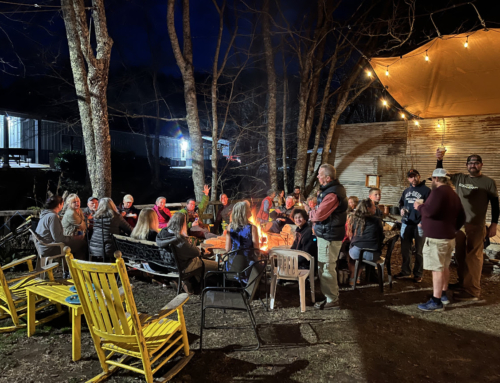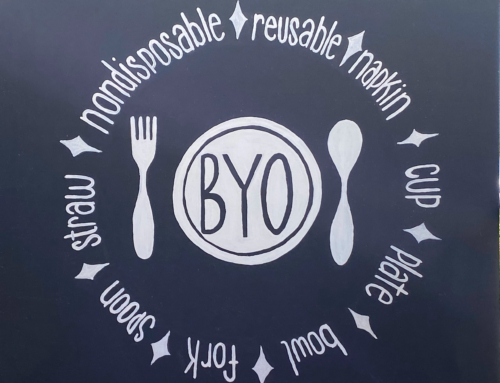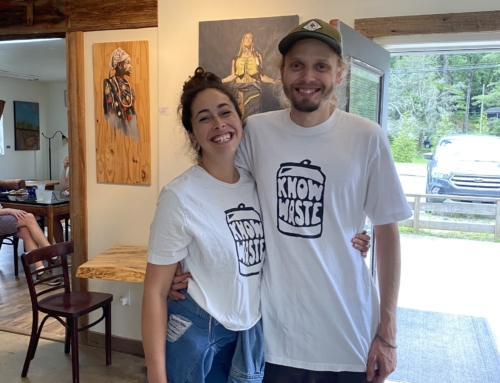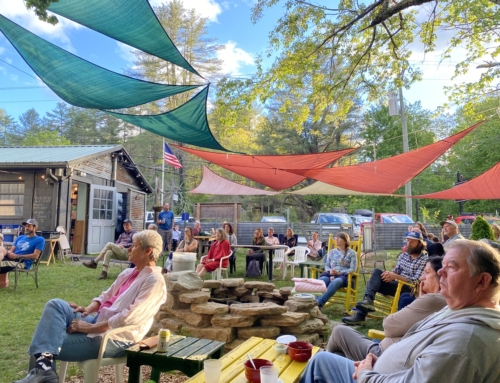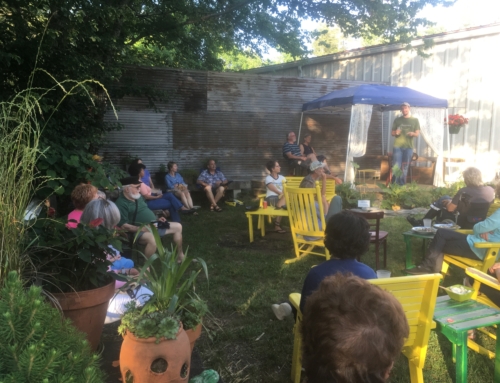 A wonderful resource for home gardeners and farmers of all size:, just in time for spring garden dreams: The Hidden Half of Nature, The Microbial Roots of Life and Health by David R. Montgomery, Anne Bikle
A wonderful resource for home gardeners and farmers of all size:, just in time for spring garden dreams: The Hidden Half of Nature, The Microbial Roots of Life and Health by David R. Montgomery, Anne Bikle
In The Hidden Half of Nature, Montgomery and Bikle start a garden in their poor soil back yard. That led directly to the need for organic compost, via giving us the history to understand microbial life in a decent soil, why their initial soil had it’s particular components, and other wonderful revelations. The next part of their journey was to review and change their diet, to support their immune systems and, in this case, prevent cancer. This includes how human bodies work and, very timely, how infection gets to humans from other animals. They talk about domestic animals and the development of targeted vaccination… covid and wild animal access to humans, for example.
The next chapters move back to food, a study comparing an animal based diet (meat & cheese) and plant-based (fruits, veg, legumes, grains). No surprise, plant dominant is better, and plant-based is best for humans (for the environment, too, and noted. Then expanded in Growing a Revolution, a later book). Prebiotics is explained for us veggie and vegan allies, as a support for our food choices – that’s the bacteria that ferment, in and out of animal bodies. And how probiotics can reintroduce what’s missing inside us humans, in our guts and in addressing root causes of chronic health conditions. Then back to the garden, preferably the one in your yard, neighborhood or Saturday farmers market, more specifically, to the soil in our gardens, all of which is based on microbes! mycelium … (and why we need more public access compost sites – my editorial).
There’s more, all based on fascinating scientific data and the history of how we’ve gotten to this knowledge and best practices. It’s much fuller than many garden/botany books and much more fact-filled. Also well-written and fascinating. Montgomery’s next book, Growing a Revolution, turns attention to contemporary agriculture practices in the US, with notes/history of many other places. Fertile soil continues to be the basis … as farmers maintain or increase yields and profits. These practices also a basis of environmental health. Part of the issue is using mineral fertilizer in ways to enhance, rather than degrade, soil. Preventing erosion, organic matter also count heavily. This is an analysis of, and prescriptions for, commercial ag. It’s tightly fact-filled, many other culture resources and historical examples.
 AND / OR …
AND / OR … 
If you REALLY want a spoil thrill, read Entangled Life: How fungi make our worlds, change our minds and shape our futures; Merlin Sheldrake. It’s as if Suzanne Simard, articulator of the role of mycelium and trees (well, all plants) and Paul Stamets, popularizer of mushroom in our daily lives had a kid, equally hook on soil. His language is glorious, often out of the box views, and a really great collection of adaptation of mycellium uses, as we have learned more from the research of the last 20 years … my current FAVE!

